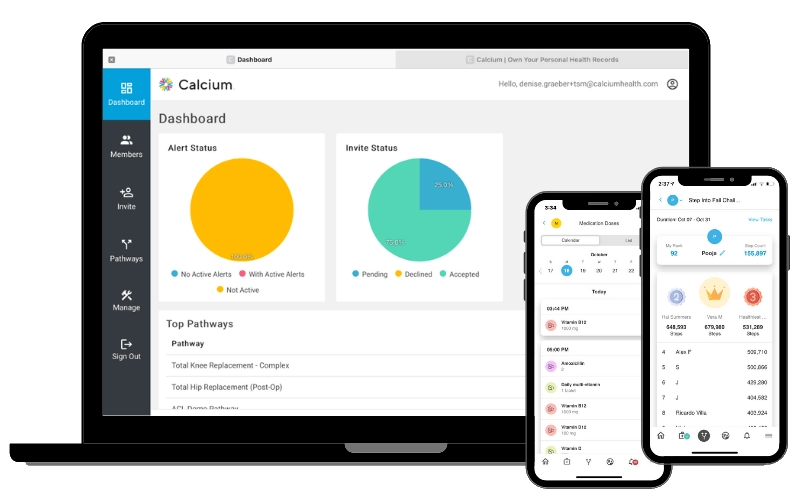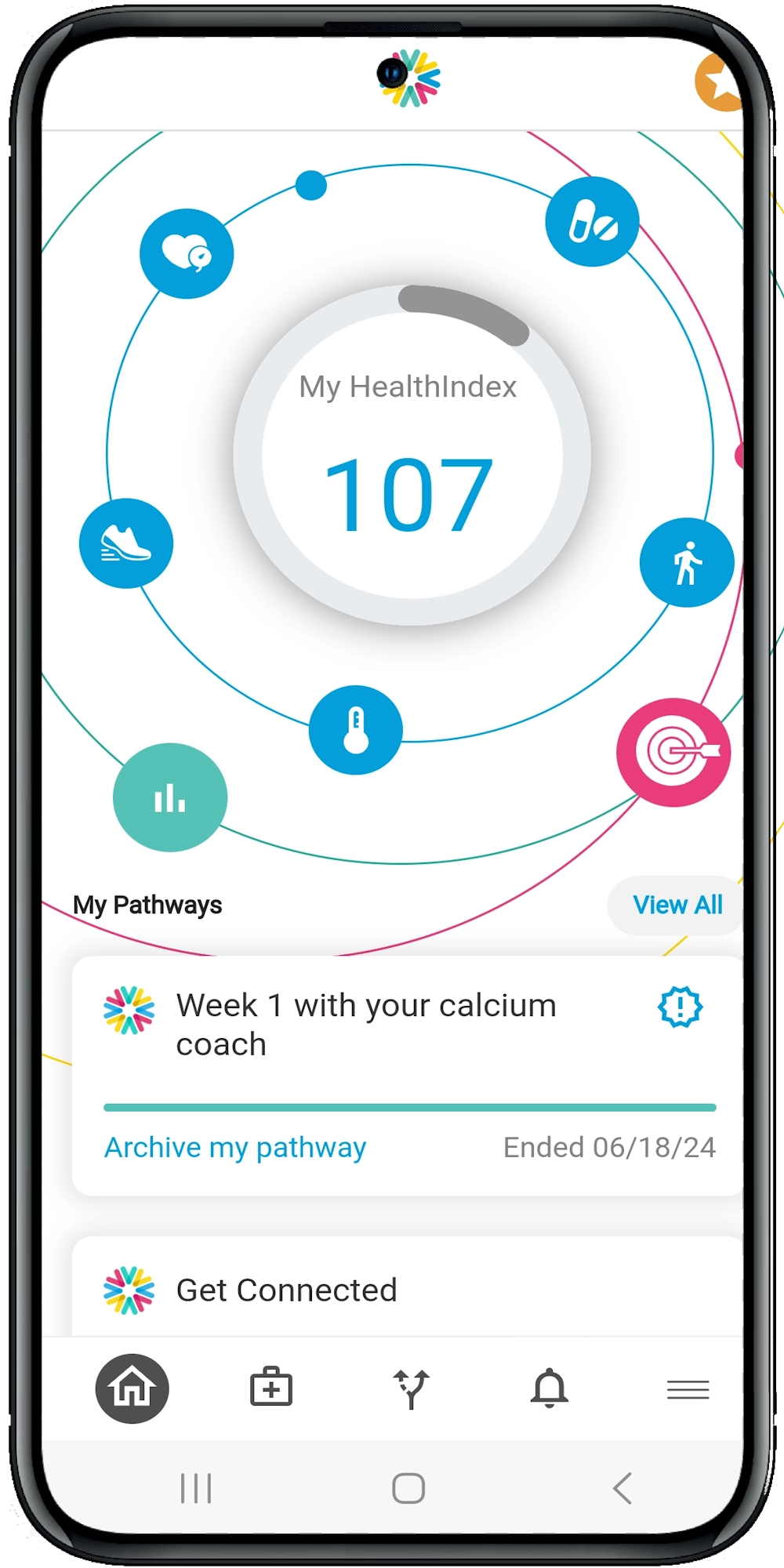Telehealth for Oncology: Connecting Patients and Providers
The Rise of Telehealth in Oncology
Why is telehealth gaining traction in oncology? The answer lies in its ability to bridge gaps in care, offer convenience, and improve patient outcomes. Cancer treatment often requires frequent monitoring and consultations, which can be challenging for patients who live far from treatment centers or have mobility issues. Telehealth addresses these challenges by enabling remote consultations and follow-ups.
Benefits of Telehealth for Oncology Patients
Convenience and Accessibility
Telehealth allows patients to consult with their oncologists from the comfort of their homes. This is particularly beneficial for those living in rural areas or those with limited transportation options.
Reduced Exposure to Infections
Immune-compromised cancer patients can avoid unnecessary exposure to infections, including COVID-19, by opting for virtual consultations.
Timely Interventions
Telehealth enables prompt medical advice and interventions, which can be crucial in managing symptoms and side effects of cancer treatment.
Psychological Support
Regular virtual check-ins can provide emotional support, helping patients cope with the stress and anxiety associated with cancer.
How Telehealth Enhances Oncology Care
Remote Monitoring
Wearable devices and mobile apps can track vital signs, medication adherence, and other health metrics. This data is then shared with healthcare providers for timely interventions.
EHR Integration
Telehealth platforms can integrate with Electronic Health Records (EHR), ensuring that patient information is up-to-date and easily accessible to all members of the care team.
Virtual Tumor Boards
Multidisciplinary teams can collaborate more efficiently through virtual tumor boards, discussing complex cases and treatment plans without the need to be physically present.
Patient Education
Digital platforms can provide patients with educational resources, helping them understand their condition and treatment options better.
Challenges and Solutions in Telehealth for Oncology
Technology Barriers
Not all patients are tech-savvy. Providing training and technical support can help bridge this gap.
Privacy Concerns
Ensuring patient data privacy and security is paramount. Using encrypted platforms and adhering to HIPAA guidelines can mitigate these concerns.
Reimbursement Issues
Insurance coverage for telehealth services can be inconsistent. Advocating for better reimbursement policies can encourage more widespread use of telehealth.
Clinical Limitations
Some aspects of cancer care, such as physical examinations and certain treatments, cannot be conducted remotely. Hybrid models that combine in-person and virtual care can address this limitation.
Implementing Telehealth in Oncology Practice
Choose the Right Platform
Select a telehealth platform that integrates well with your existing systems and meets your specific needs.
Train Your Team
Ensure that all team members are comfortable using the telehealth platform and understand its features.
Educate Your Patients
Provide patients with clear instructions on how to use the telehealth platform and what to expect during a virtual consultation.
Monitor and Evaluate
Continuously monitor the effectiveness of telehealth services and gather feedback from both patients and staff to make necessary improvements.
The Future of Telehealth in Oncology
AI and Machine Learning
These technologies can analyze vast amounts of data to provide personalized treatment recommendations and predict patient outcomes.
Virtual Reality (VR)
VR can be used for patient education and even for certain therapeutic interventions, such as pain management.
Advanced Wearables
Future wearables will offer more sophisticated monitoring capabilities, providing real-time data on a wide range of health metrics.
Summary and Suggestions
Telehealth is transforming oncology care by making it more accessible, convenient, and efficient. By leveraging digital health tools and strategies, healthcare providers can offer better care to their cancer patients. Ready to learn more? Explore other resources on our website or schedule a demo to see how our digital health platform can enhance your oncology practice.





